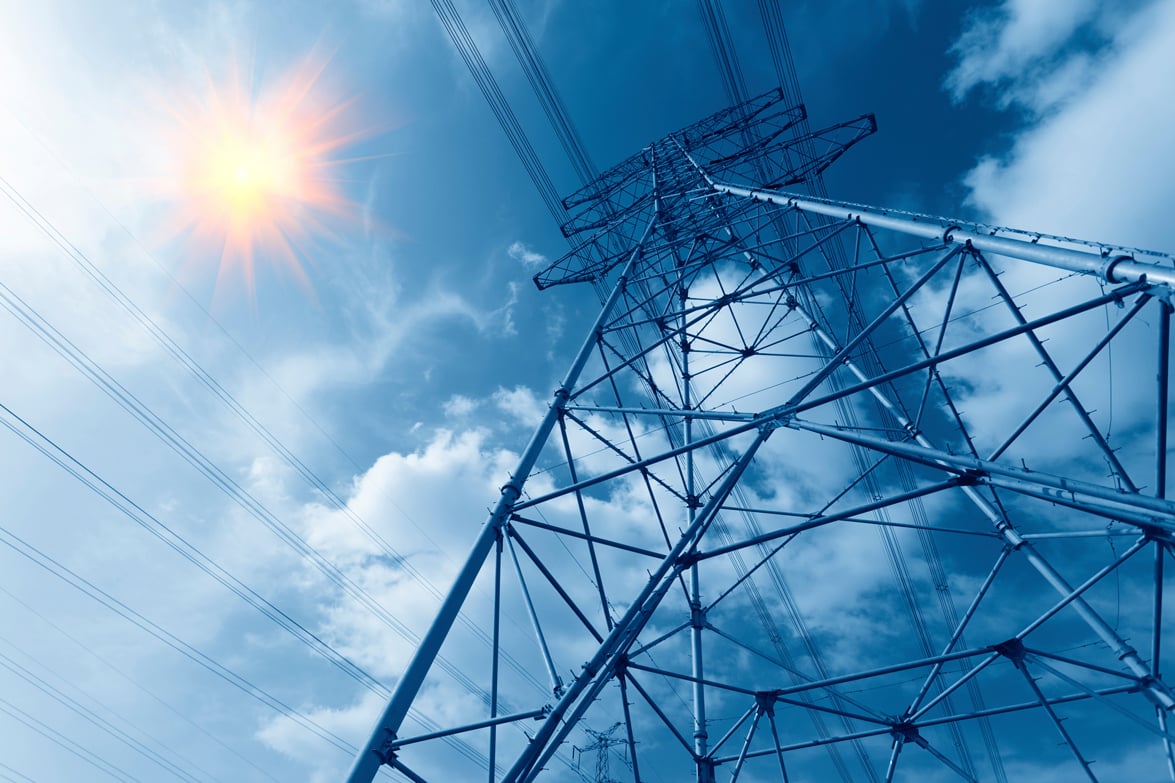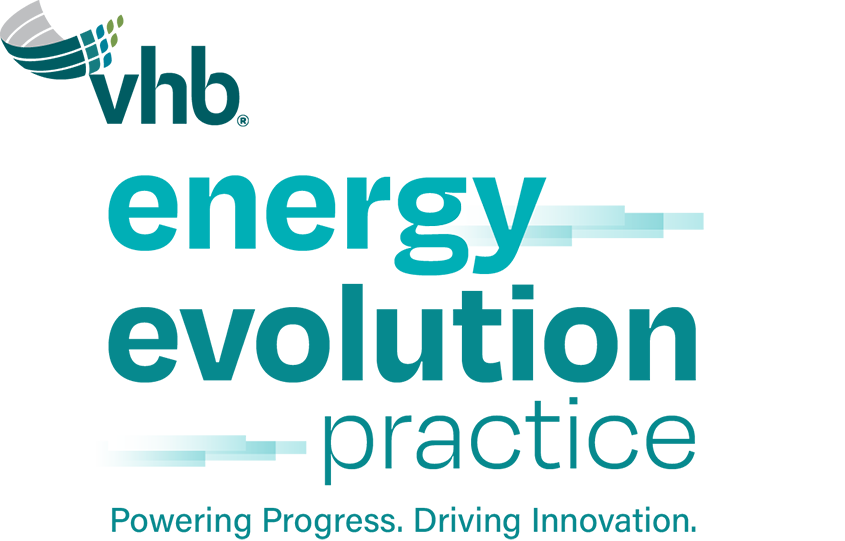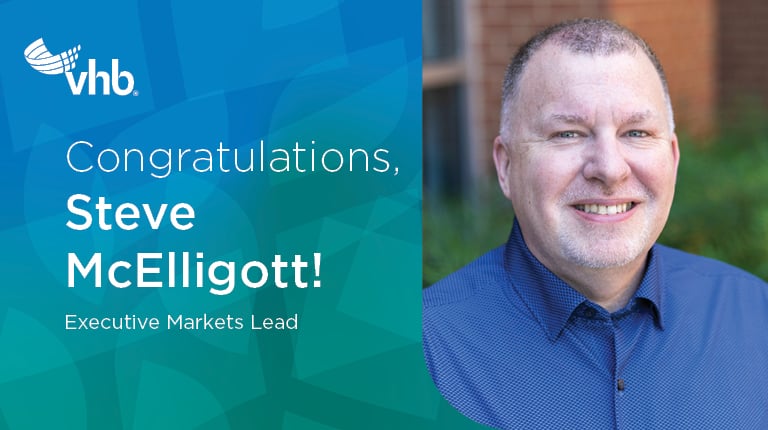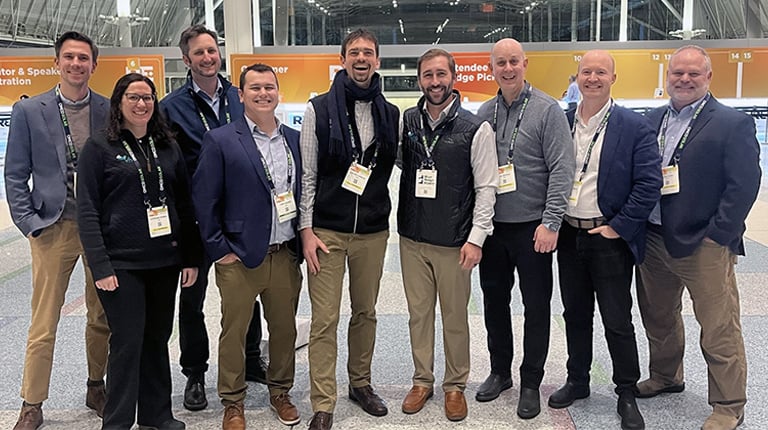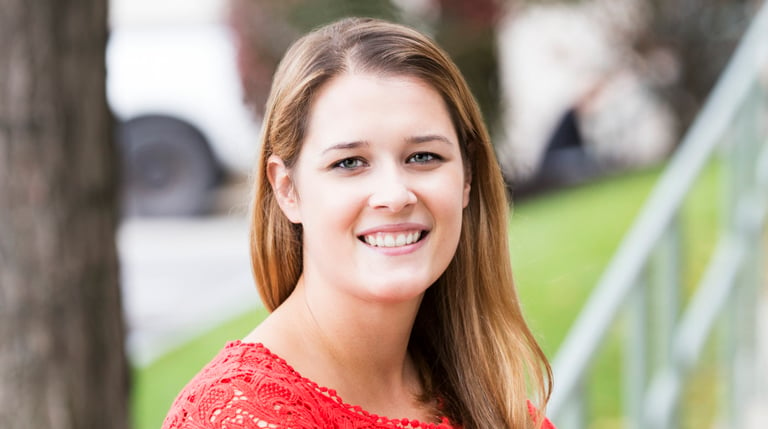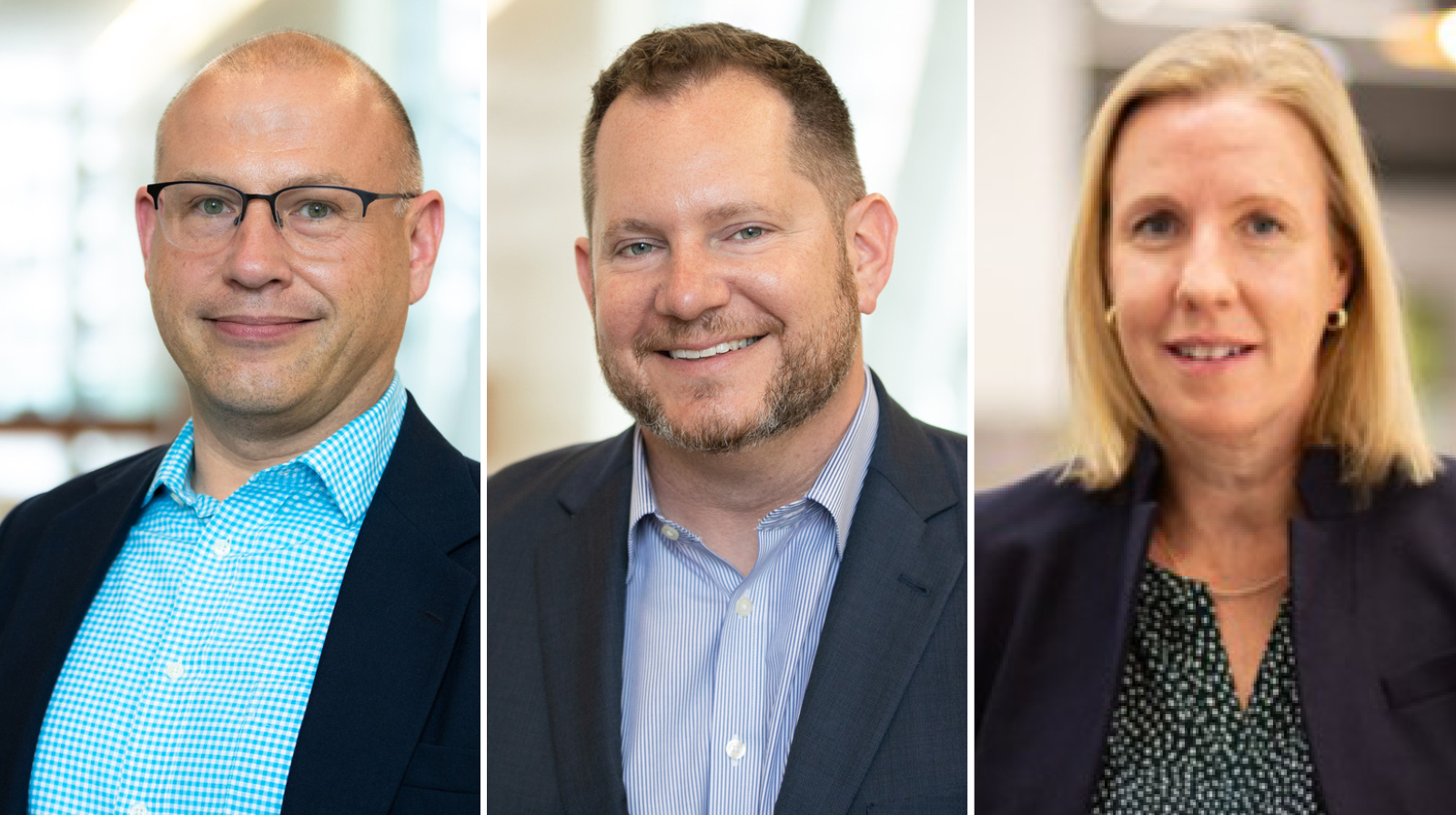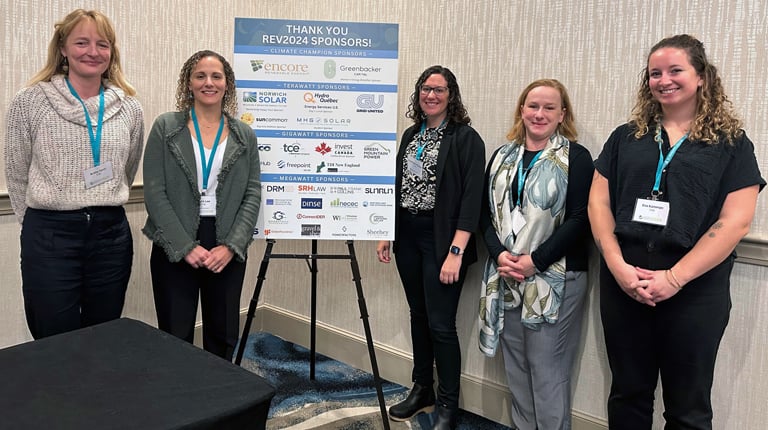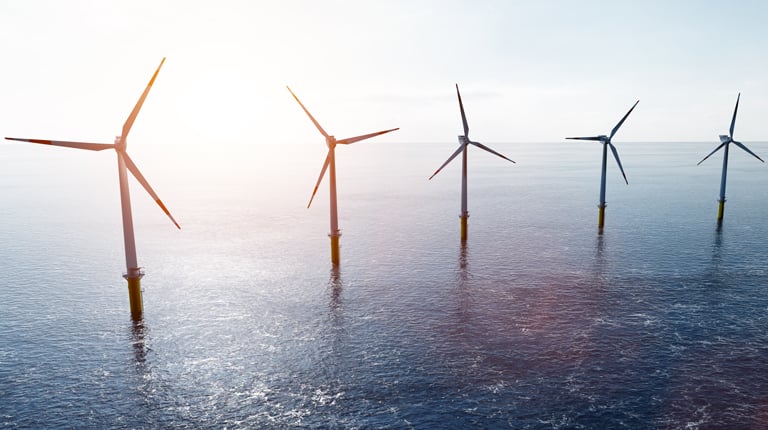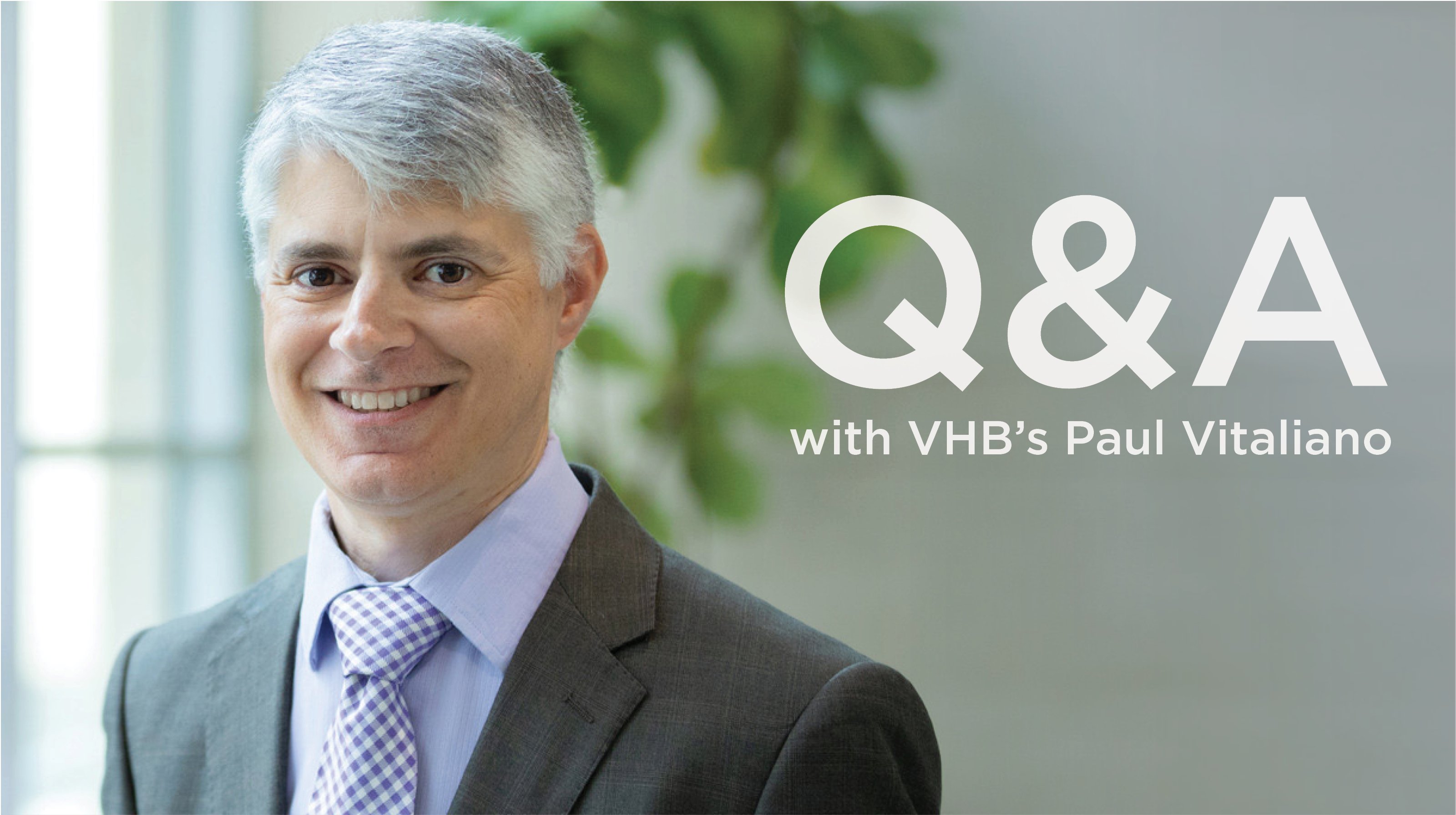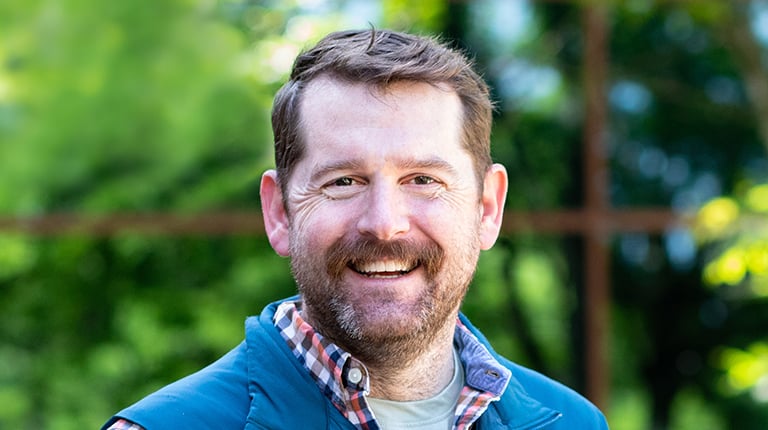Today’s energy discussion is about resiliency, sustainability, and finding responsible, diverse solutions to our energy needs. VHB delivers innovative, technology-enabled solutions that are critical to strengthening connectivity and improving the country’s aging energy infrastructure as we transition toward a clean-energy future.
Regardless of the energy source, generating and delivering power to all customers—reliably, efficiently, and affordably—is a priority for our energy clients. VHB has provided comprehensive, integrated solutions for decades, helping develop energy sources for the future while minimizing impacts to the environment. We are here to navigate federal policy and local regulations, manage environmental and community impacts, and understand the latest policies and trends. We partner with our clients and communities to develop solutions that move projects forward, changing the face of energy to build a more sustainable tomorrow.



